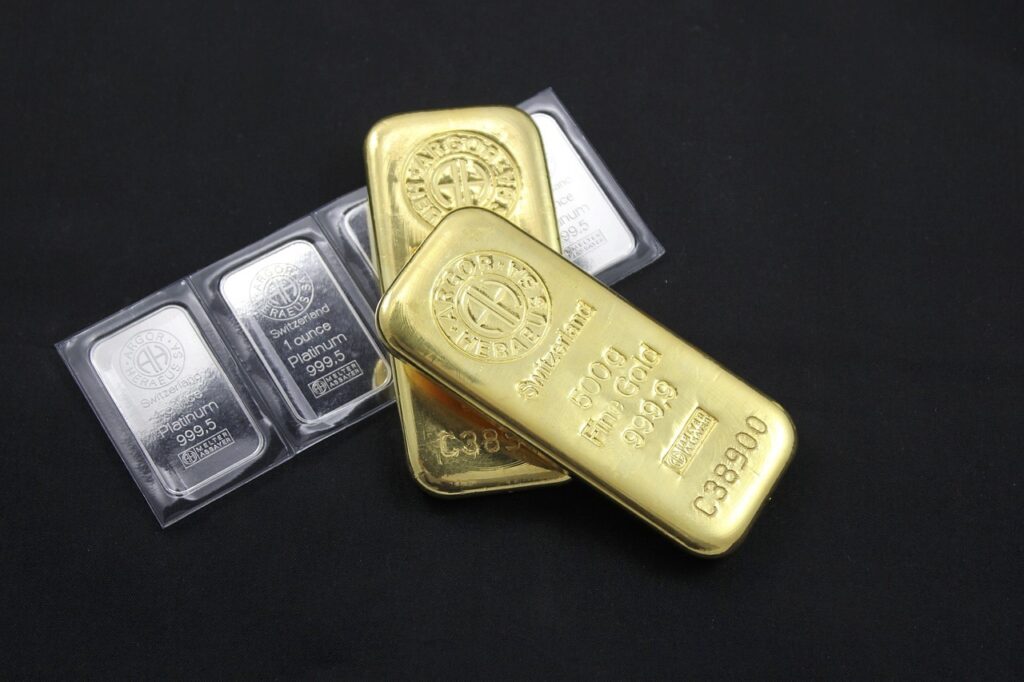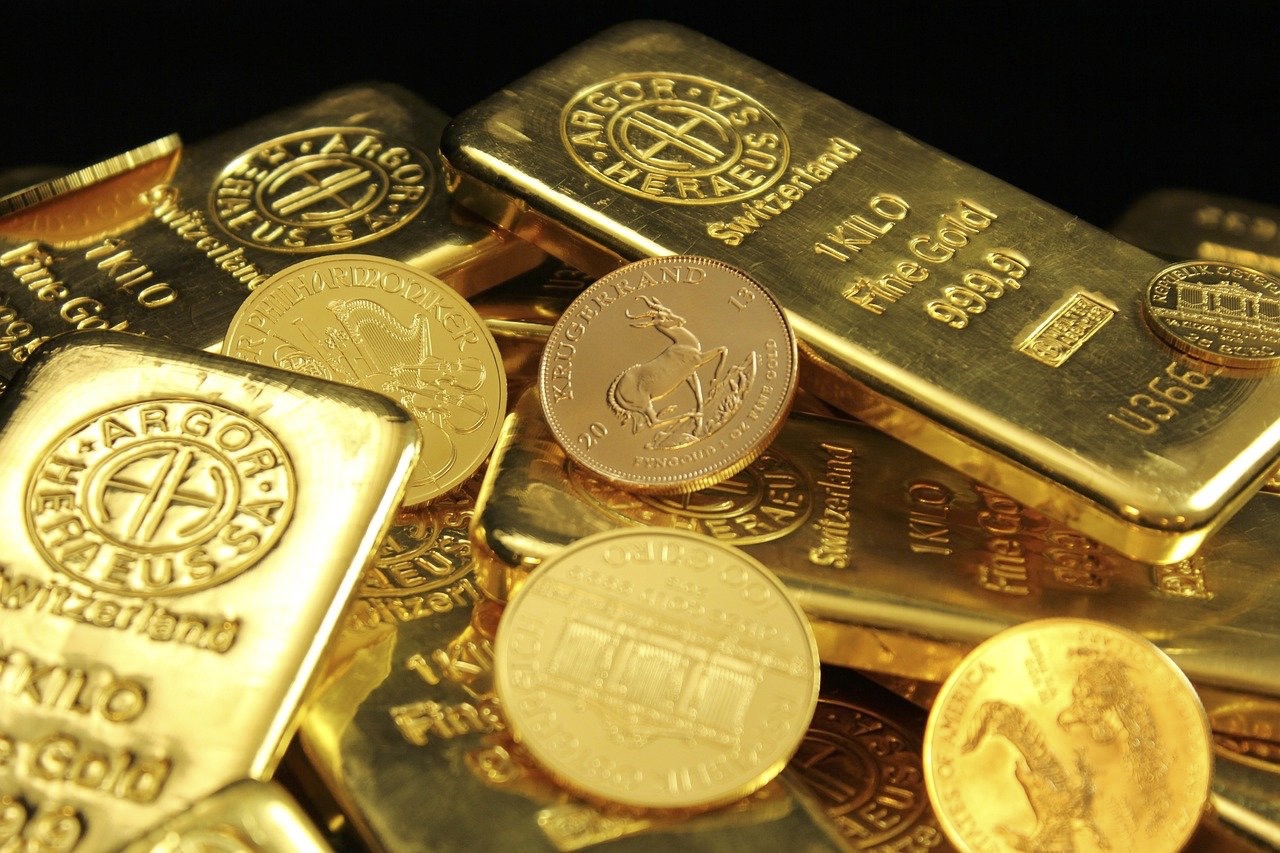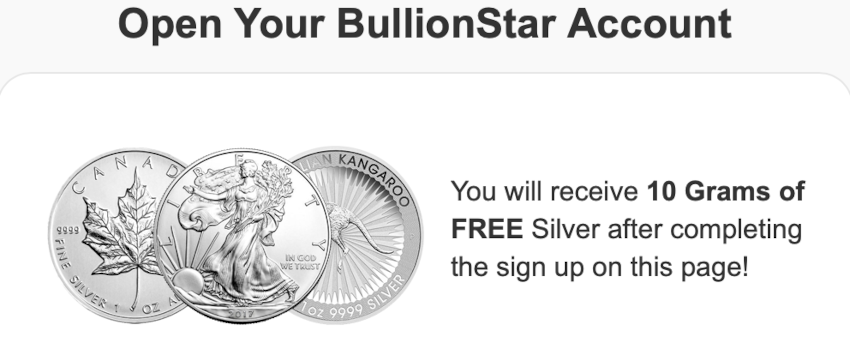Table of Contents
Is Gold and Silver considered real money?
The concept of “real money” can sometimes vary depending on economic, philosophical perspectives and personal opinion. Historically, money has taken various forms, from physical commodities like gold and silver to more abstract forms like digital currencies. The belief in what constitutes “real money” often depends on one’s economic and monetary theory.
Only Gold and Silver are considered real money.
Gold and silver is considered “real money” by many due to their intrinsic value, scarcity, and historical use as mediums of exchange. They are often seen as a store of value, and their value is not subject to the whims of central banks or governments. This perspective is often associated with proponents of the gold standard, which ties a country’s currency to a specific quantity of gold.
The idea that gold and silver are often considered the best forms of “real money” is rooted in several key attributes and historical factors that make them attractive as stores of value and mediums of exchange:

- Intrinsic Value: Gold and silver have intrinsic value due to their physical properties, such as their rarity, durability, and malleability. These properties give them inherent worth and utility in various industries beyond their use as money, like in jewelry, electronics, and dentistry.
- Scarcity: Gold and silver are relatively scarce resources, which makes them valuable. Their limited supply helps maintain their value over time, as it’s challenging to increase their availability significantly, unlike fiat currencies that governments can print at will.
- Historical Use: Gold and silver have been used as money for thousands of years in various civilizations. This historical use has established a precedent for their role as a store of value and medium of exchange.
- Portability: Gold and silver are highly portable and can be easily transported and stored. This makes them practical for transactions and for individuals looking to preserve wealth.
- Durability: These metals are extremely durable and do not corrode or degrade over time, ensuring that they can retain their value for extended periods.
- Universal Acceptance: Gold and silver are recognized and accepted as valuable assets worldwide. Their universal acceptance makes them useful as a medium of exchange, especially in times of economic uncertainty.
- Hedge Against Inflation: Some proponents of gold and silver argue that they serve as a hedge against inflation. As the supply of fiat currency expands, the value of those currencies can decrease, while gold and silver tend to hold their value or even appreciate during periods of inflation.
- Lack of Counterparty Risk: When you hold physical gold and silver, you don’t have to rely on a third party, like a bank or government, to fulfill their financial obligations. This reduces counterparty risk, which can be a concern with other forms of wealth storage.
Fiat currency is a currency, not real money.
However, in modern economies, most ‘money’ exists as fiat currency, which isn’t backed by a physical commodity like gold but is based on the trust and confidence in the government that issues it. Fiat money is the primary form of currency used today and is widely accepted in daily transactions, however in recent times people are starting to loose trust in the fiat currency system.
Loss of trust in fiat currency and the potential for hyperinflation are complex phenomena influenced by a variety of economic, political, and social factors. Here are some of the key reasons why people may lose trust in fiat currency and why almost all fiat currencies have experienced hyperinflation or collapsed completely:
- Inflation: Persistent and high levels of inflation erode the purchasing power of a currency. When people see the value of their money continually decreasing, they may lose confidence in it as a store of value. This can lead to a preference for assets like gold and silver or other stores of value.
- Government Mismanagement: When governments engage in unsustainable fiscal and monetary policies, such as excessive money printing or deficit spending, it can lead to concerns about the currency’s stability. People worry that governments are not managing the economy responsibly, leading to doubts about the currency’s future value.
- Hyperinflationary Episodes: History is filled with examples of fiat currencies experiencing hyperinflation, where the value of the currency collapses rapidly. Hyperinflation is often associated with excessive money supply growth, economic crises, and a loss of trust in the currency. Examples include Zimbabwe in the late 2000s and Weimar Germany in the 1920s.
- Political Instability: Political turmoil, corruption, or uncertainty can undermine trust in a currency. When people lack confidence in their government’s ability to maintain economic stability and security, they may seek alternatives to fiat money.
- Loss of Reserve Currency Status: If a country’s currency is a global reserve currency, as is the case with the U.S. dollar, mismanagement of that currency can have global repercussions. A loss of trust in the reserve currency could lead to a domino effect affecting many other currencies.
- Negative Real Interest Rates: When central banks maintain low or negative real interest rates (interest rates below the rate of inflation), it can discourage saving in the domestic currency and lead people to seek assets that preserve their wealth better.
- Psychological Factors: Trust in a currency is often influenced by psychology and market sentiment. If people perceive that others are losing confidence in a currency, it can create a self-fulfilling prophecy where more individuals seek alternatives.
- External Shocks: Events like wars, natural disasters, or pandemics can disrupt economies and cause currency values to decline, leading to a loss of trust.
Digital currencies like Bitcoin
Additionally, digital currencies like Bitcoin have gained popularity in recent years as an alternative form of “real money” for some individuals. Bitcoin is decentralized and operates on a blockchain, providing security and transparency. However, its value can be highly volatile.
The definition of “real money”
In summary, the definition of “real money” can be seen as a personal belief and can vary based on economic, historical, and ideological perspectives.
However, only gold and silver can be truly seen as “real money” due to their historical use as money for thousands of years and its intrinsic value.
While others consider fiat currency or digital currencies like Bitcoin to be forms of money only gold and silver can truly be real money.
Main image by Soofia Tailor from Pixabay
Content image by Zlaťáky from Pixabay



